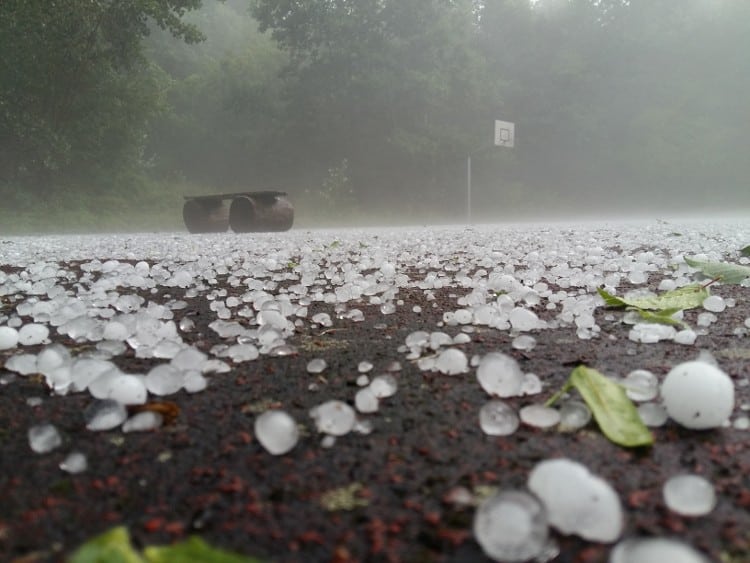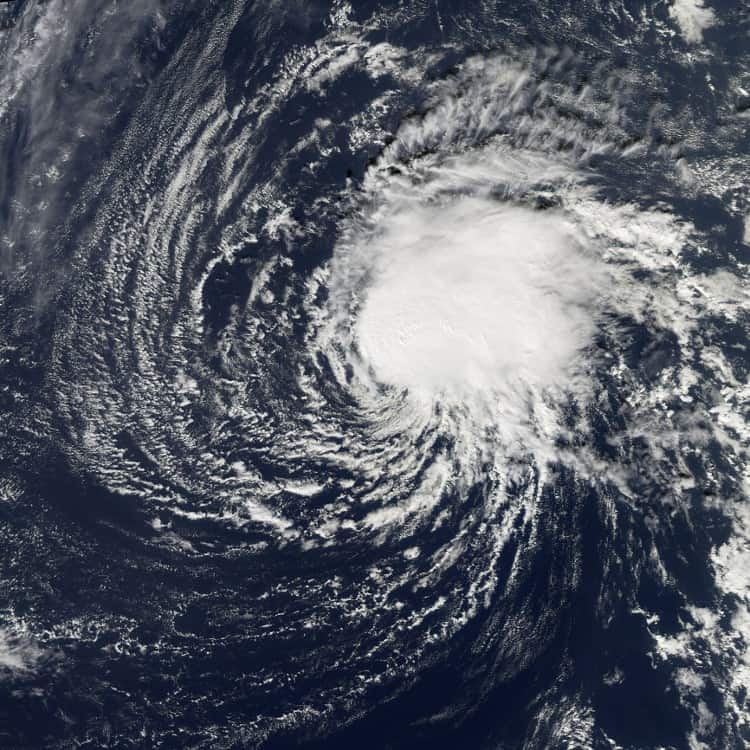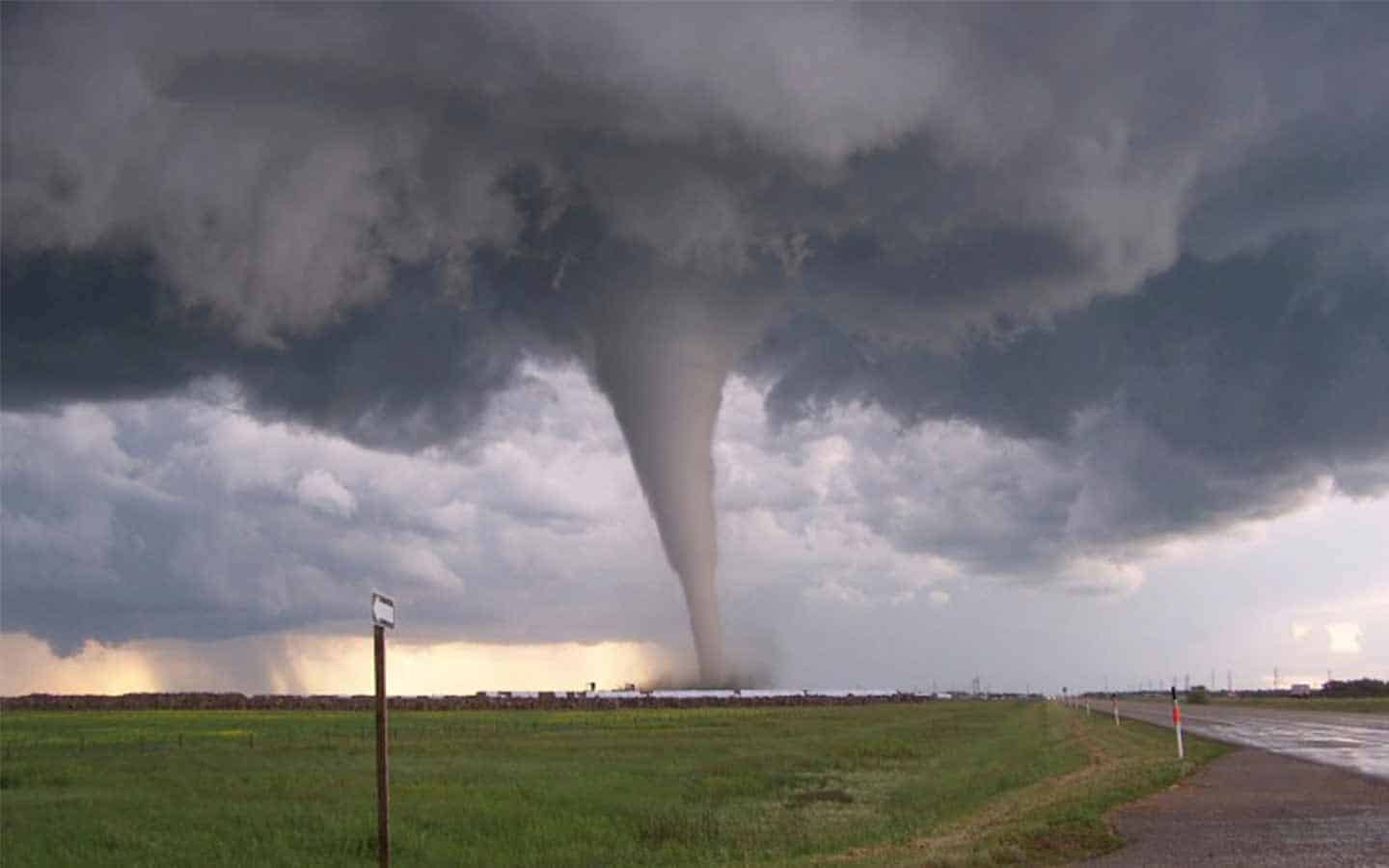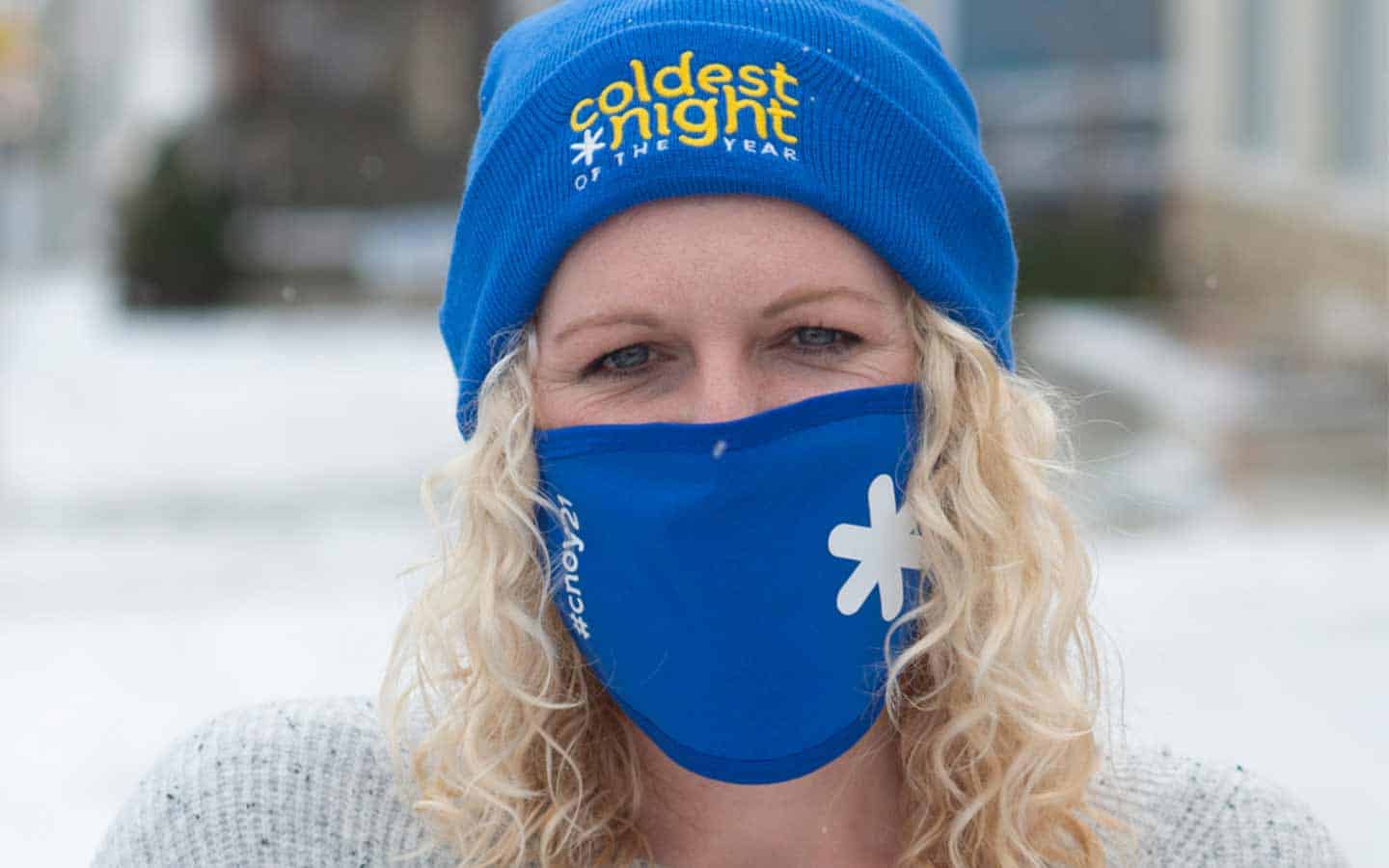The pandemic was undoubtedly the most discussed issue in 2020, supplanting what is normally the biggest talking point for Canadians: the weather.
Complaining about it, in particular, is the great Canadian pastime.
And we had much to complain about this year, as evidenced by Environment Canada’s top-10 weather stories, compiled by senior climatologist David Phillips.
Phillips has been putting together the annual compilation for 25 years, something that’s become a “worse-dressed list” of weather incidents.
When looking back at this year, there were 93 events that Phillips would consider ‘Top 10’ quality.
“It’s usually what I described as the worst dressed list, not the best dressed. I mean, very seldom is there any kind of gorgeous weather in it, unless it was ‘winter cancelled’ or something like that. “

As it’s a top-10 list, Phillips narrowed it down to: 1) Calgary’s Billion-Dollar Hailer; 2) BC’s September Skies: All Smoke, No Fire; 3) Fort McMurray’s Flood of a Century; 4) Endless Hot Summer in the East; 5) St. John’s Snowmageddon; 6) Record Hurricane Season and Canada Wasn’t Spared; 7) The Year’s Most Powerful Tornado; 8) Frigid Spring Helps Canadians Self-Isolate; 9) Fall in Canada-Winter in the West and Summer in the East; 10) August Long-Weekend Storms: East and West.
Of the 10 cases, numbers four, six, seven, eight, nine, and 10 apply to the conditions we saw in Waterloo Region.
Overall, we saw some wonky seasons, says Phillips, who suggests that the cool spring was ideal for self-isolation during the COVID-19 pandemic.
“It certainly, was cold in the Kitchener-Waterloo area. May 13, we had snow and minus-4.4. And then all of a sudden just after the unofficial kickoff of summer came 31-32 degrees – unbelievable.”
And that heat was here to last.
“The endless hot summer was really a big story… particularly in the east, from really Manitoba eastward. In Kitchener-Waterloo for example, you had 23 days where the temperature got above 30. That’s a mark of a hot day. Normally you’d see eight of those suckers. And there were temperatures as high as 35 degrees on July 9, and the nights were also very hot. So it was difficult sometimes to deal with. People would rather have a warm rather than a cold, wet summer, but sometimes it just seemed so hot.”
In terms of trying to escape the heat, it was difficult with the coronavirus pandemic modifying or shuttering areas such as cooling centres, bowling alleys, malls and movie theatres that are prime locations to cool down.
Precipitation was almost unseen in the area until the August long weekend storm, where we received 82 mm of rain – the same amount we’d expect to see over an entire month.
Fall was also unusual, a kind of extended summer.

“October 23 temperatures in your area got up to 25 degrees, which I called ‘summer’s last hurrah’, but it was actually not summer’s last hurrah, we saw some, in December, that have gone up to pretty high values, even though it’s turned cold now.”
Next up on the list was the record-high tornado season, which saw 77 tornados in Canada, the second most tornado-prone country in the world next to the United States. More than half – 42 – of the tornados were reported in Ontario, with occurrences in Belgrade, Brussels, Glencoe, Flamborough and Mount Forest.
“Even if you weren’t getting the tornadoes, you’re getting the thunderstorms and the rain associated with it,” said Phillips.
He suggests that the increased report of tornados may not be from climate change but from more people paying attention, observing, and storm tracking these tornadoes.
Given the incidents elsewhere, staying off the list is probably not a bad thing.









